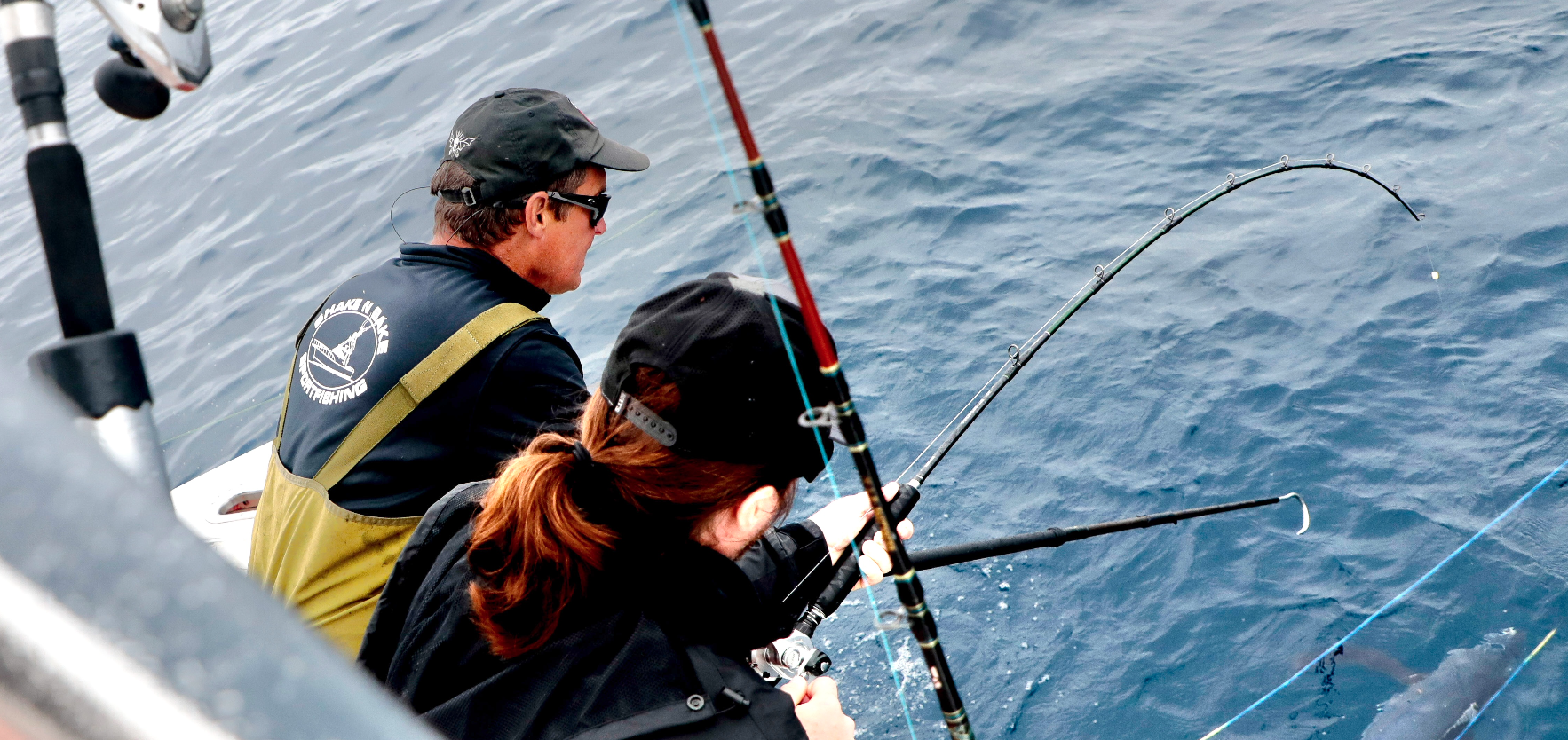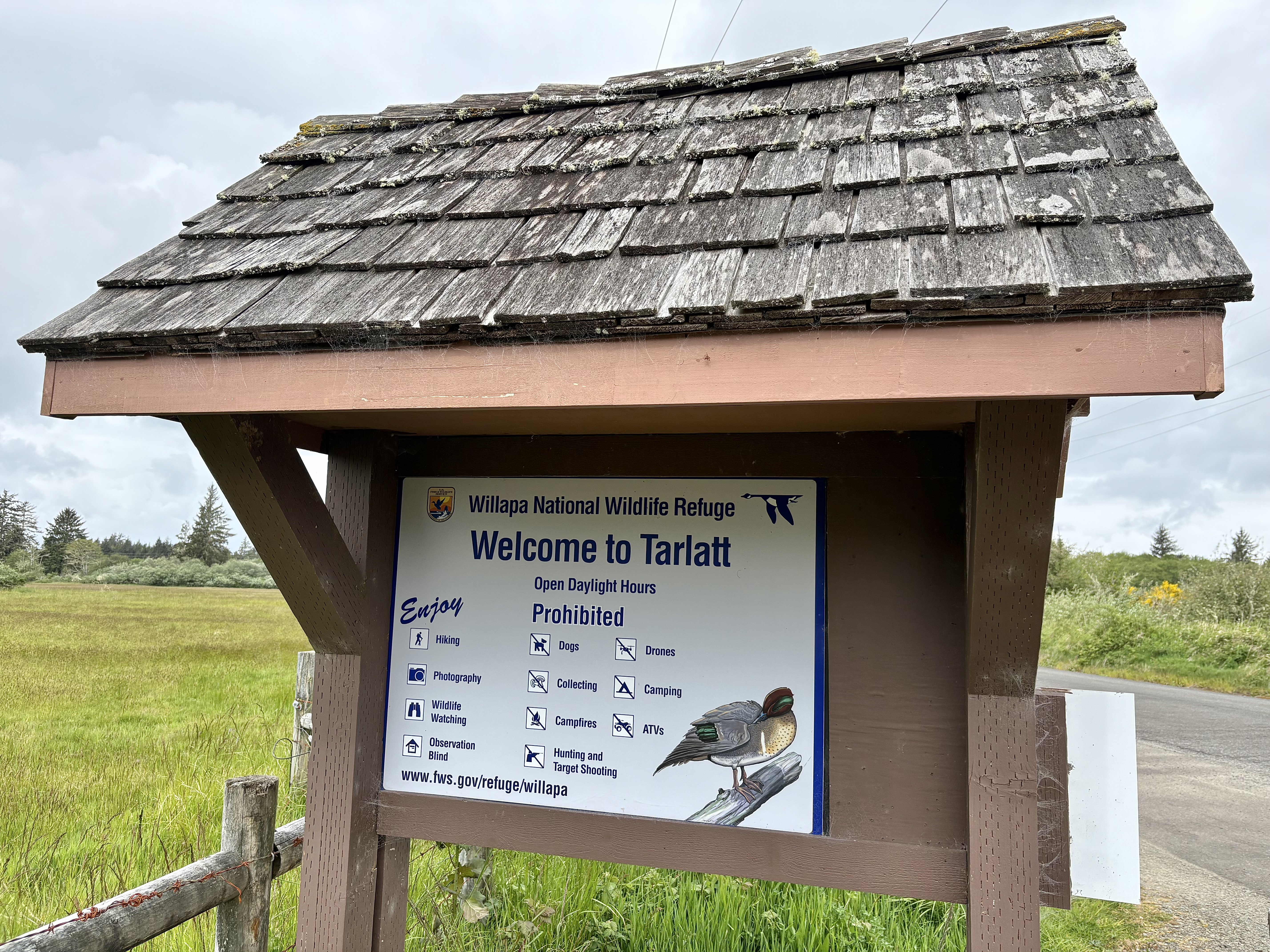East Coast judge upholds restrictions, buffer zones for pesticides used near West Coast salmon habitat
Published 4:00 pm Monday, November 21, 2011
COLUMBIA RIVER A Maryland-based U.S. District Court judge earlier this month upheld a 2008 NOAA Fisheries Service biological opinion that says the federal registration of the three pesticides without recently imposed restrictions would jeopardize 27 West Coast salmon and steelhead species that are protected under the Endangered Species Act.
Trending
Upon reviewing the extensive administrative record and briefings by the parties, the Court discerns a rational connection between the voluminous facts and studies considered by the NMFS and the decisions reached in the NMFS final BiOp, the Oct. 31 memorandum opinion from Judge Alexander Williams, Jr., says. Although Plaintiffs disagree with many of the NMFS findings and conclusions and have presented persuasive arguments as to why the NMFS should have used different numbers and reached different conclusions, Plaintiffs have not shown that the NMFS ignored the best scientific and commercial data available or that the NMFS conclusions are irrational.
Although Plaintiffs have demonstrated that the BiOp is of less than ideal clarity at points and that the NMFS could have reasonably reached a conclusion more favorable to Plaintiffs, the Court finds that the BiOp is not arbitrary and capricious, the judge wrote.
Plaintiffs in the case, Dow AgroScience, Makhteshim Agan of North America, Inc., and Cheminova, Inc., especially contest the first element of the ESA BiOps reasonable and prudent alternative, which requires the U.S. Environmental Protection Agency to prohibit use of the chemicals by ground application within 500 feet, and aerial application within 1,000 feet, of any salmonid habitat, the opinion says. The three companies hold registrations issued by EPA that authorize them to sell products containing the three insecticides: chlorpyrifos, diazinon and malathion.
Trending
Federal agencies are required to engage in an official ESA consultation with, in this case NOAA Fisheries, regarding actions that might affect listed species. The action is the registration for use of the three pesticides. The end result of consultation is a BiOp that judges whether the action poses jeopardy to species and, if it does, can recommend actions NOAA Fisheries feels are necessary to avoid jeopardy.
The final BiOp on chlorpyrifos, diazinon and malathion, which was released on Nov. 18, 2008, is the first in a series of BiOps being prepared by NOAA Fisheries in which a total of 37 pesticides will be evaluated. It said the three pesticides jeopardize the survival of listed salmon and prescribed numerous actions intended to eliminate that threat.
To-date a total of four BiOps have been completed for the evaluate of 24 of those pesticides, according to NOAA Fisheries Monica Allen.
All opinions for these active ingredients are scheduled to be completed on or before April 30, 2012.
Three (1-3) of the completed opinions consider organophosphate and carbamate insecticides. The most recent opinion (4) considers four herbicides and two fungicides.
For more information about the consultation process go to: http://www.nmfs.noaa. gov/pr/consultation/pesticides.htm
Earthjustice represents the Northwest Center for Alternatives to Pesticides, Pacific Coast Federation of Fishermens Associations and Defenders of Wildlife, which intervened in the lawsuit on behalf of defendant NOAA Fisheries.
The Courts decision is a victory for everyones health, said Aimee Code with the Northwest Center for Alternatives to Pesticides. It foiled the pesticide industrys attempt to evade the laws that protect both people and wildlife.
This case was ultimately just a diversion from the main issue. The fact is, many pesticides are getting into the nations rivers and poisoning fish as well as destroying fisheries jobs, said Glen Spain of the Pacific Coast Federation of Fishermens Associations. With this diversion behind us, the agencies can now turn to solving the real problem.
The case stems from a lawsuit originally filed by conservation and fishing groups in 2001. In response to that litigation, the fishery experts at NOAA Fisheries evaluated these pesticides and determined that no-spray buffer zones next to streams and vegetated strips to catch pesticide-laden runoff from fields are needed to protect salmon.
NOAA scientists found the three chemicals not only can be lethal to salmon at certain concentrations, but can also hinder salmon growth at lower levels of concentration by impairing their ability to smell their prey and by reducing the amount of small fish and insects for food. The chemicals have also been found to slow the swimming of salmon or make their swimming erratic, impairing their ability to return to their natal streams to spawn and to avoid predators.
NMFS handed off implementation of the BiOps pesticide restrictions to EPA, the agency charged with regulating pesticides, almost three years ago. According to the defendant intervenors in the lawsuit EPA has yet to take any actions to implement any of the measures outlined in the BiOp.
EPAs priority should be preventing the poisoning of Americas endangered wildlife, not boosting the profits of pesticide manufacturers, said Jason Rylander, attorney for Defenders of Wildlife. Now that the court has ruled, hopefully the agency will get back to saving imperiled salmon and steelhead without further delay.
NOAA Fisheries biological opinion says these three chemicals may be used in pesticides if farmers and others follow specific restrictions on how and when they apply the pesticides to their fields and crops. NOAA says these restrictions should be made explicit on the pesticide labels.
EPA examines and registers ingredients of a pesticide to ensure there will be no unreasonable adverse effects. Once registered, a pesticide must be used in a way that is consistent with approved directions on the label.
The ruling can be found at:
http://earthjustice.org/sites/default/files/2077-memorandum-opinion-10-31-11.pdf









